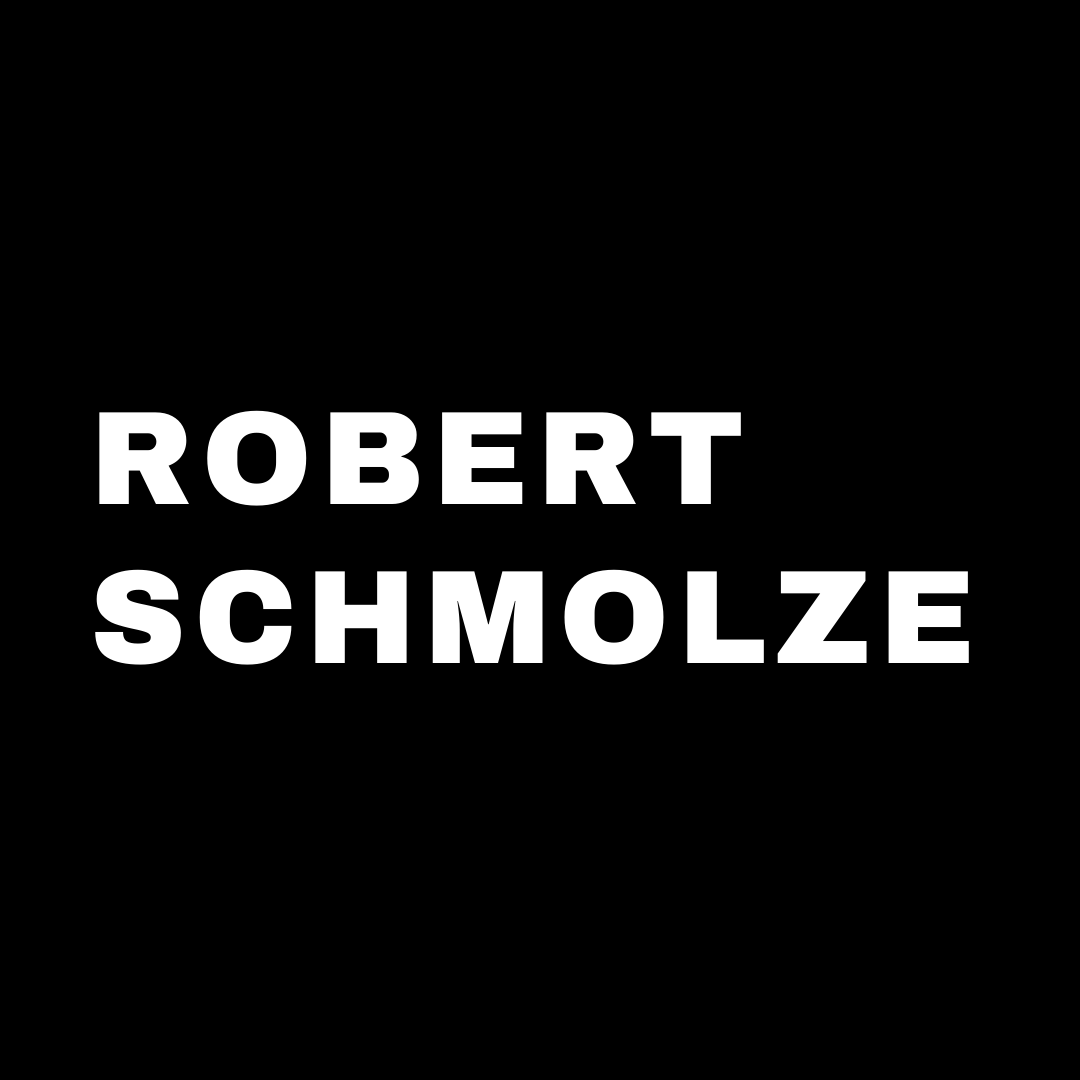From fortress-style architecture to candy-coloured interiors, here are the six biggest trends to emerge from the Dezeen Awards 2019 longlists.
The rising use of cork in architecture and the popularity of low-tech cabins set in remote locations also stood out among the 903 projects that made the longlists this year.
Here are six trends that our judges and the Dezeen Awards team spotted while trawling through all 4,500 entries. Check out all the longlisted projects on our dedicated Pinterest boards and vote for your favourites by saving them to your own boards.
Shortlists for the 36 Dezeen Awards categories will be announced online from 2 September 2019, with winners unveiled in October ahead of our winners party and Dezeen Day conference on 30 October.
Scroll down to find out more about the trends:
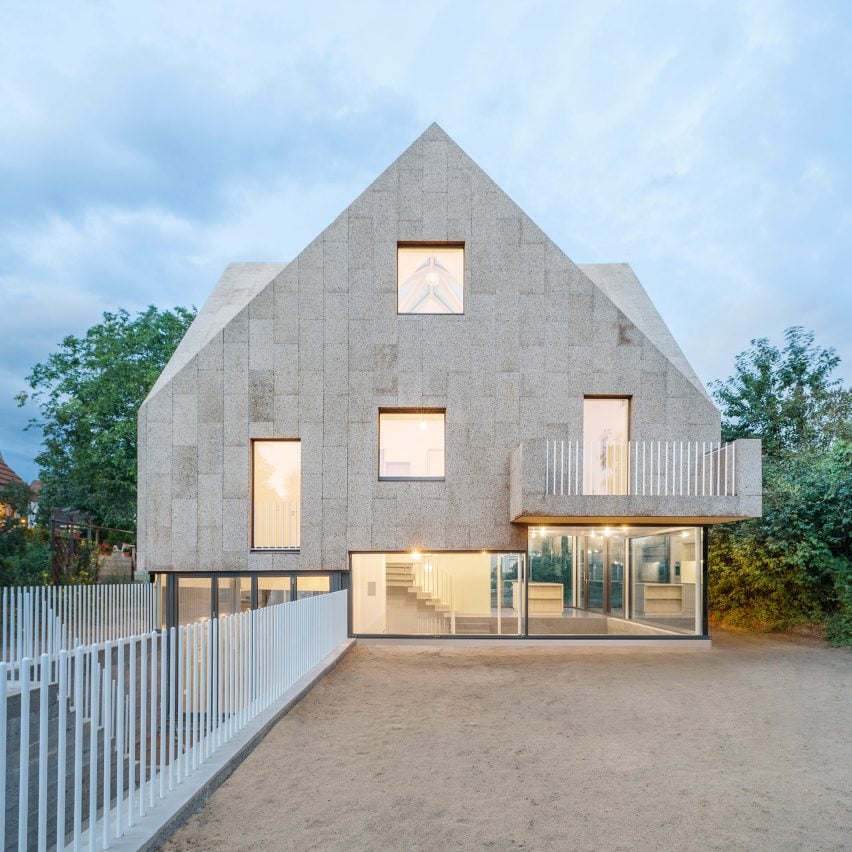
Cork
Lightweight, highly insulating and fireproof, cork is a versatile and renewable material harvested from the bark of cork-oak trees.
Besides its traditional uses, cork is increasingly being used as a cladding material by architects including Rundzwei Architekten, who used panels of waste cork from the wine industry to clad the facade of Corkscrew House in Berlin.
Architects Matthew Barnett Howland, Dido Milne and Oliver Wilton took cork one step further, using it to create everything in the aptly named Cork House in the south of England, including the floors, walls and roofs. The prefabricated cork blocks were made from cork-forestry waste.
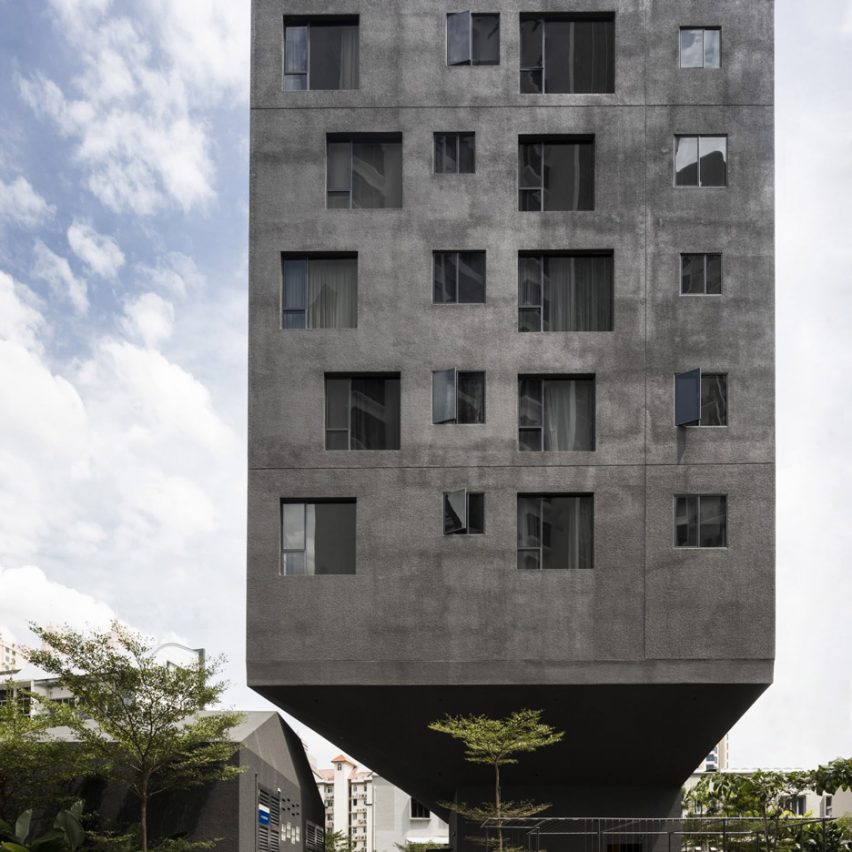
Fortresses
Homes that look like fortifications are a theme on the 2019 shortlists. M5 by Ipli Architects is a brooding, watchtower-like housing development in a cantilevered block clad in dark graphite. It is punctuated by tinted windows in black frames.
In Zurich, Gus Wüstemann designed affordable housing in a monolithic concrete block, while in Sydney Killing Matt Woods used mottled grey paint to create a concrete bunker-style effect in a moody apartment.
MORQ built a house in Perth that looks like a rammed-concrete fortress from the outside, but hides a lush courtyard oasis at its centre. On the Isle of Man Foster Lomas built Sartfell, a house with bunker-style concrete walls with its own borehole for water.
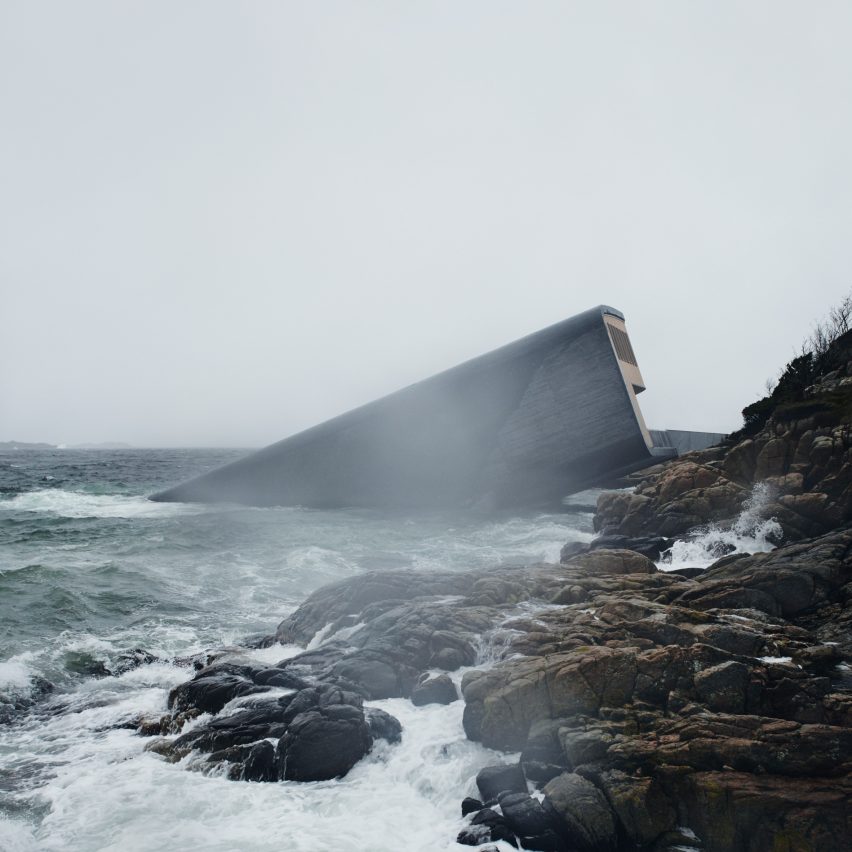
Nature
Buildings that embrace the natural world – or subsume themselves to it entirely – are another emerging trend.
Planted facades are one way of introducing nature, from a vine-covered house in Vietnam by Vo Trong Nghia to a residence in Kuala Lumpar by Formzero that’s a series of concrete boxes covered in plants.
In Bali, Ibuku built a Riverbend House, a holiday retreat that sits like a bamboo nest over a river; MAD built a tunnel in Japan filled with art representing the five elements of nature; and in Norway the world’s first underwater restaurant by Snøhetta plunges beneath the North Sea.
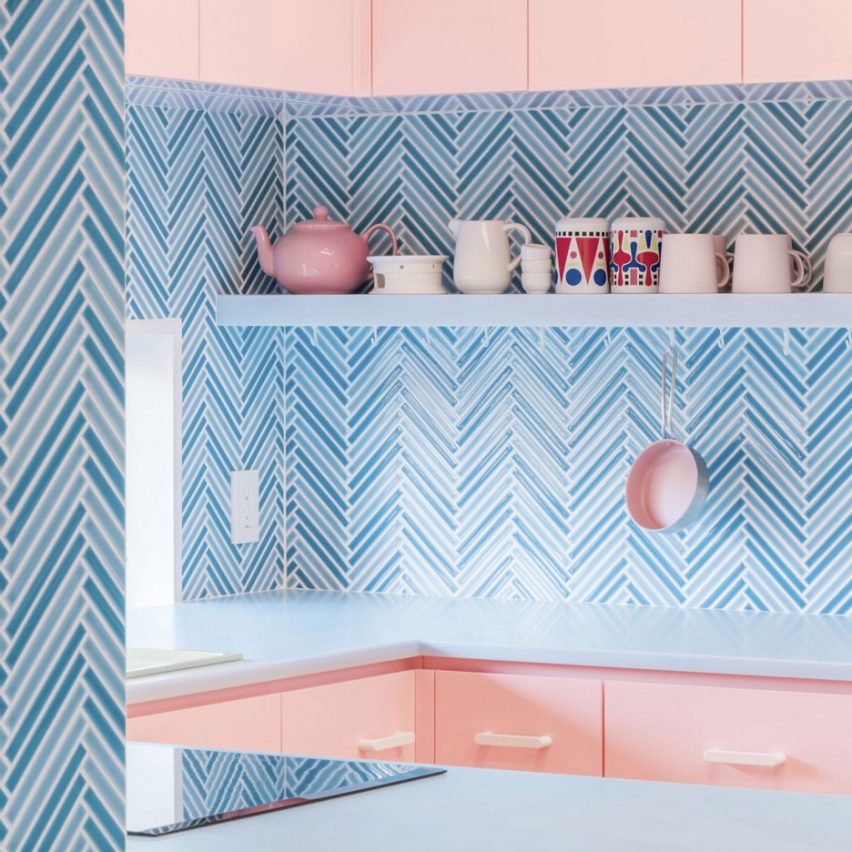
Candy-coloured interiors
Interiors with a sweet-shop colour palette are another big trend this year. Adam Nathaniel Furman designed a Tokyo apartment in pastel rainbow colours, and in London 2LG Studio revamped a house in contrasting shades of candy pink and green.
Child Studio used 1950s cafes as inspiration for a retro pink vegan-pizza parlour in London, while in New York, beauty brand Glossier and women-only co-working club The Wing both had new workspaces decorated in sugary shades.
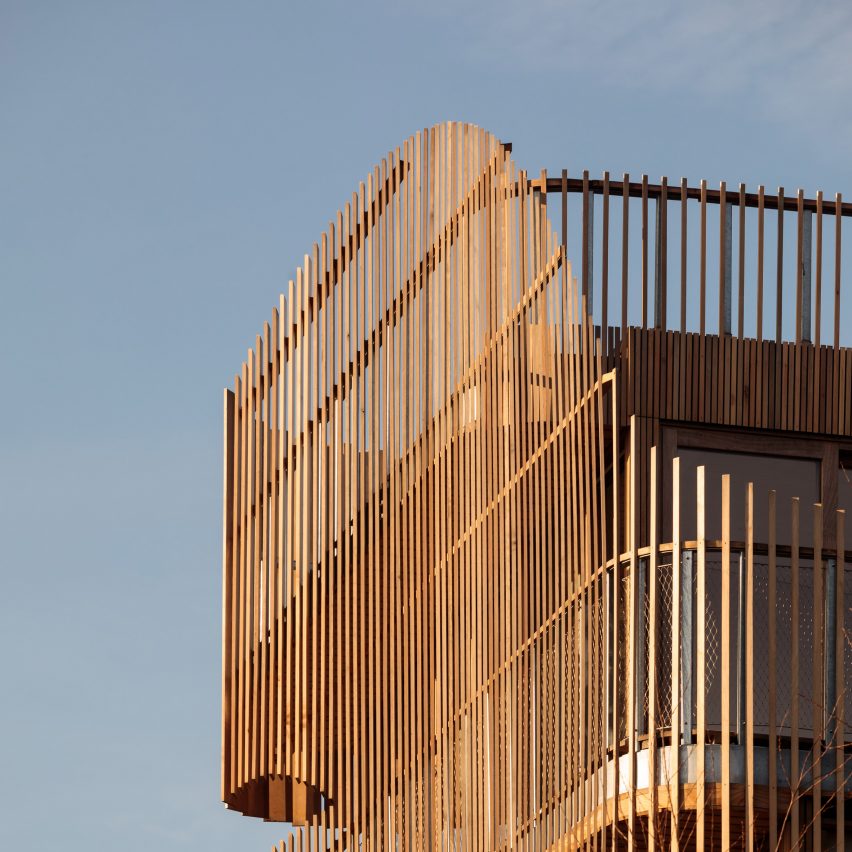
Slatted timber facades
Whether it was for houses on the beach or in the mountains, facades of slatted wood are big this year.
GG-Loop used slim cedar-slats to surround a set of residences in Amsterdam, each one carefully angled to control the level of light entering the glazed walls behind. In Hokkaido, SAAD used local cedar wood to cover a housing complex.
In Victoria, Australia, Kennedy Nolan used a kind of timber that will turn grey as it weathers to disguise a house in the dunes, while Austin Maynard Architects used chunky timber pieces to create a cylindrical building with a beach-shack vibe.
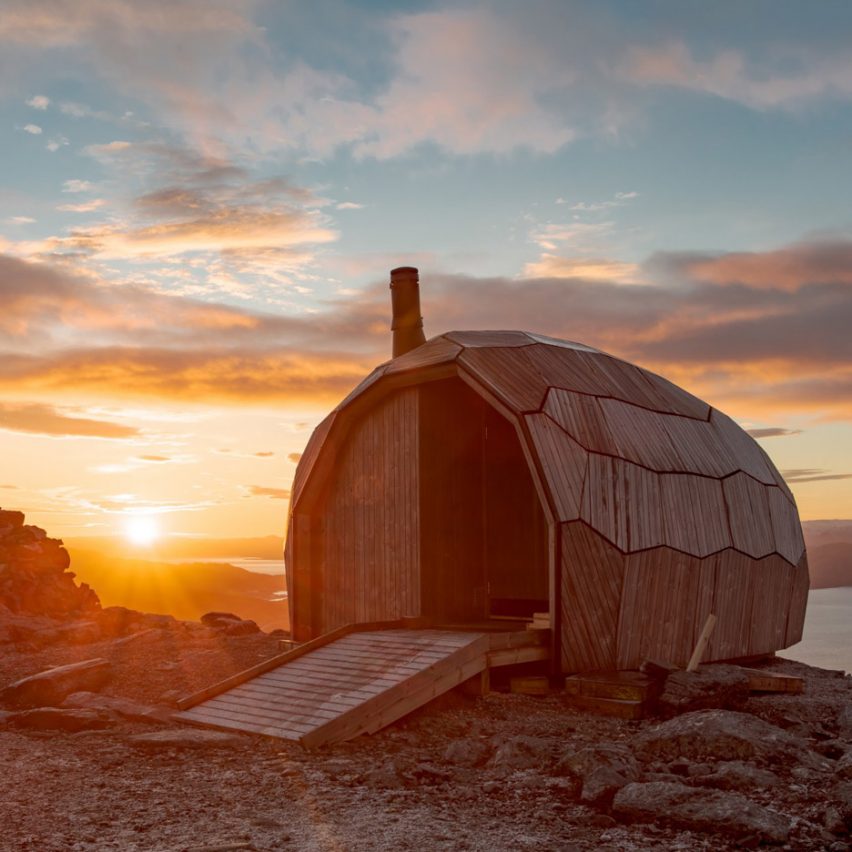
Cabins
Remote cabins in wild landscapes are another trend on the Dezeen Awards 2019 longlists.
Spinn Arkitekter built a prefabricated cabin with a honeycomb structure in Norway that provides shelter for hikers, and Snøhetta designed a pair of cabins, also in Norway, to improve the experience of recovering hospital patients.
Trailer is a low-cost, moveable micro-home made from scavenged materials by Invisible Studio, currently residing in the woods in England, while Klienhaus is a cabin made of spruce and clay built into a hillside in Germany.
https://www.dezeen.com/2019/08/08/2019-dezeen-awards-trends/


